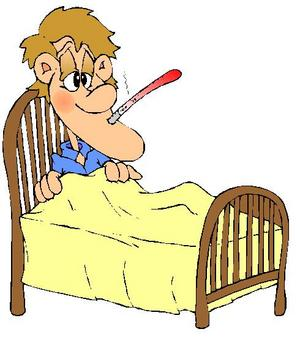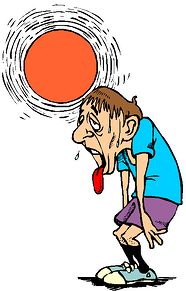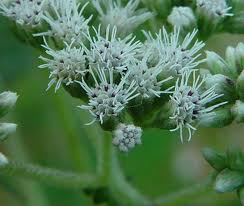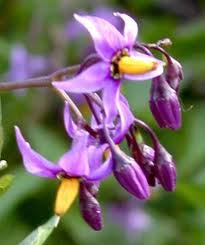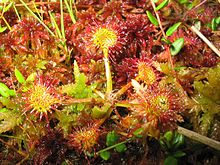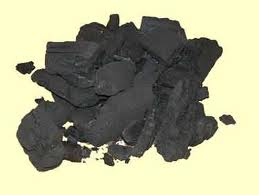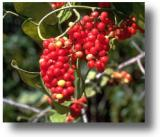As is the case with many homeopathic substances, Atropa belladonna, or “nightshade” has clinically proven medicinal uses, although the traditional use of its extracts may differ from its use in homeopathy.
In its natural form, Belladonna is a toxin that acts on the central nervous system, causing vivid hallucinations and loss of coordination, balance, or muscle control. As such, one of its uses in homeopathy is in the treatment of uncontrollable convulsions, especially in young children. It may also be used as a supplementary, alternative medicine in the treatment of general disorders of the nervous system.
Indeed, a pharmaceutical extract of Belladonna known as hyoscyamine has long been used in the treatment of Parkinson’s disease and in afflictions characterized by spasms of the gastrointestinal tract. While this and other pharmaceutical forms of Belladonna are not technically instances of homeopathy, one can clearly see how those treatments utilize the central homeopathic principle of “like cures like.”
The toxic effects of undiluted Belladonna also include increased circulation, contributing to a patient’s heightened sensitivity to light and changes in temperature. It is used in homeopathic medicine to treat various ailments that include as symptoms acute fever, inflammation, and chronic pain.
The most common homeopathic dilution of Belladonna is 30C, which experienced homeopathy practitioners will recognize as the dilution that was generally recommended for most substances by Samuel Hahnemann, the originator of homeopathy. Two-decimeter tablets with this level of potency are available from hmedicine.com for $7.95. But a wide range of other potencies are also available for this and all other common homeopathic remedies.
When treating ailments with the standard dilution, frequent dosage is recommended, especially in the case of acute symptoms. Some homeopaths may also recommend significantly scaling up the concentration of the tablets. Indeed, some homeopathy practitioners elect to start out with higher concentrations than Hahnemann’s recommended guidelines, believing that a modern understanding of the practice has shown this to be more effective.
With that in mind, it is important to emphasize that all of the dosages of Belladonna sold through hmedicine.com are proven to be safe, as is true of all of the homeopathic substances we sell. Within the range of those options, it is up to you and your fellow homeopaths to determine what course of treatment is most effective, whether you are using Belladonna for gastrointestinal problems, menstrual pain, breast inflammation, hypertension, migraines, or any of the numerous other ailments with regard to which success has been reported through the years.
And as always, if you have any questions about frequency and concentration of dosage or other potential courses of treatment for the same health problems, feel free to contact us. We will be happy to recommend additional products and resources.


